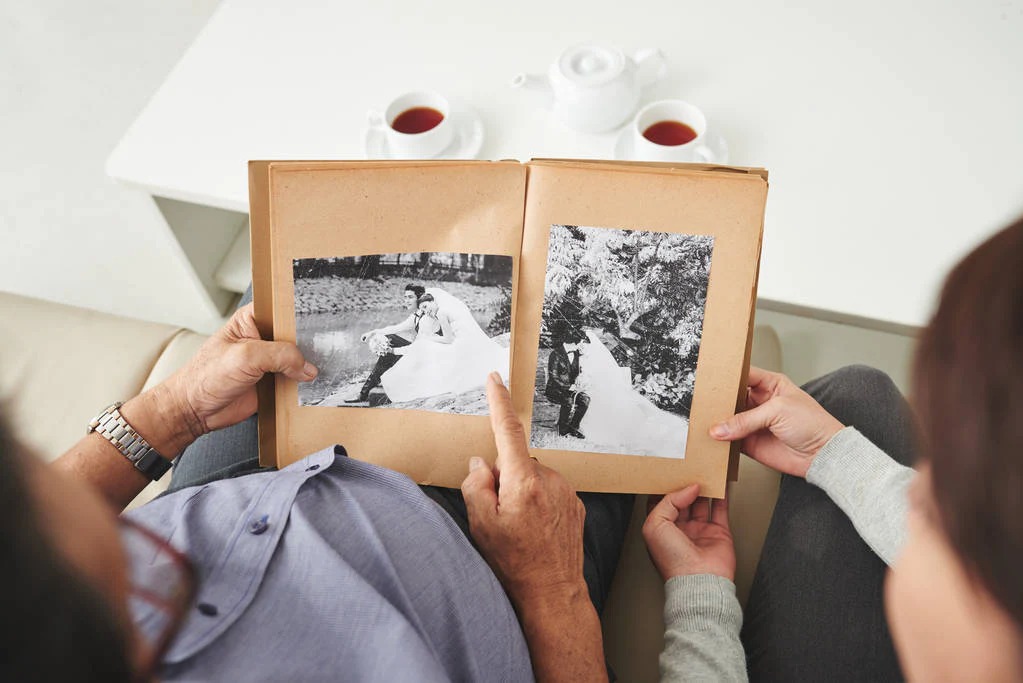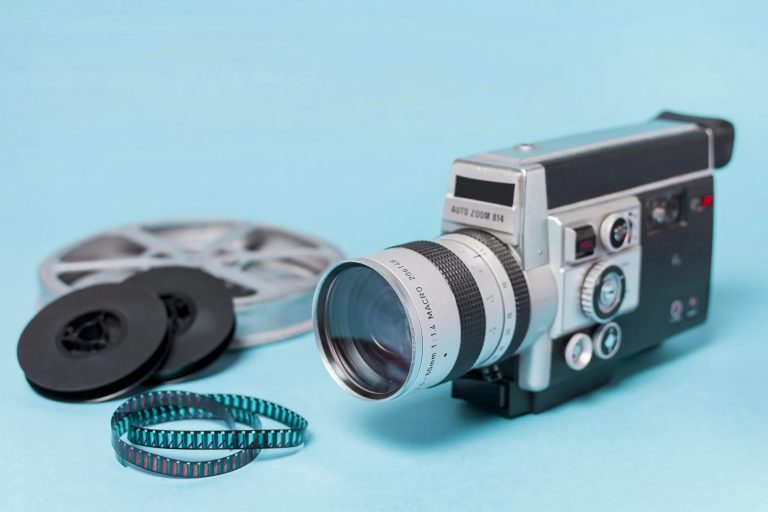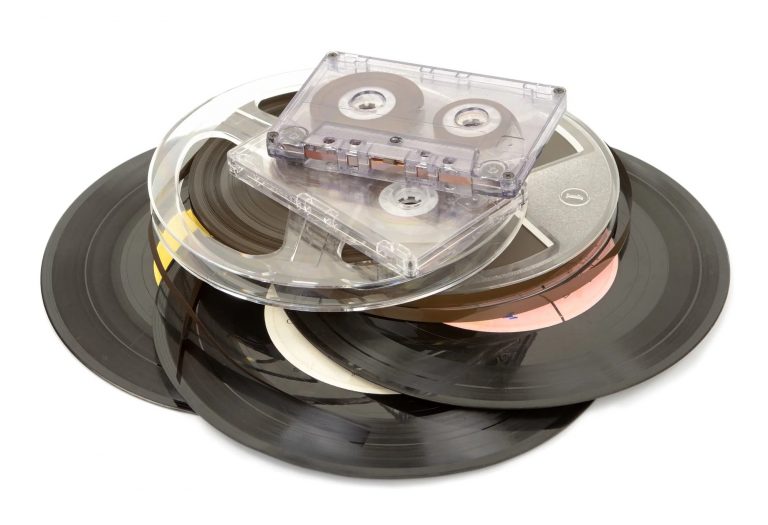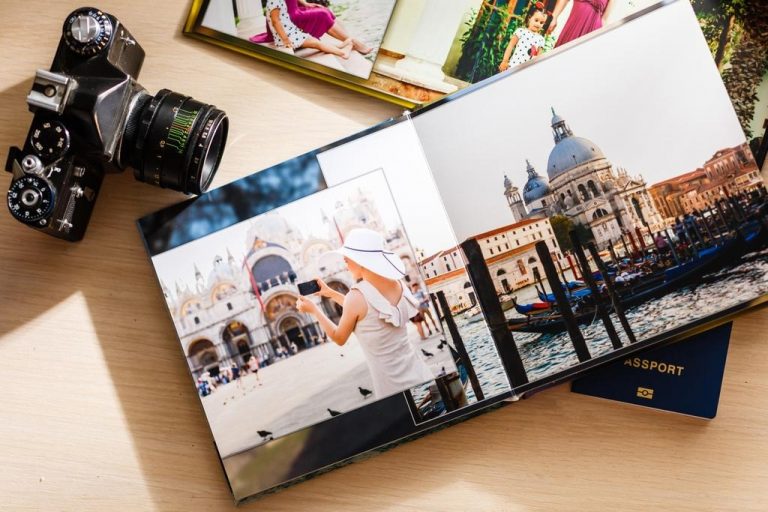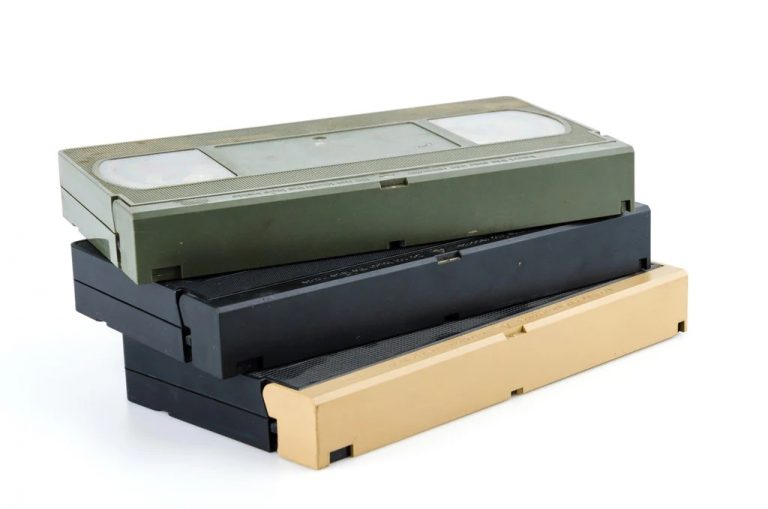5 Things You Should Know About Photo Scanning Service
I remember back in the decade of the 1970s, bell-bottoms, discos, and gas shortages were big. At that time, photographing images with 35mm film and developing them into 35mm slides were considered the best quality compared to photographic prints. Slides are actually film and have much more of a contrast ratio and can yield a better range of colors.
We have compiled a list of Things You Should Know About Photo Scanning Service, keep reading below.
Slides were not as easy to view as photos were. You had to set up a slide projector in a dark room with a bulky slide screen capable of rendering those rich, lovely colors. There is still no doubt that slides were the best medium.
Now decades later, it is still difficult to display 35mm slides. The projector bulb might have burned out, and hunting down a new one will set you back many more dollars than they did 50 years ago. A slide screen is probably out of the question, even if you still have one, so improvise and resort to projecting the slides onto a flat wall, with its bumps and cracks.
OK, let’s agree this procedure is not the easiest or best way to archive or view 35mm slides from yesteryear.
Depending on the number of slides we have, how much time we have, and how much money we want to invest, will direct us to the best option to archive, view, and share these photographic gems with others.
Here is a list we have compiled of Things You Should Know About Photo Scanning Service.
Do It Yourself
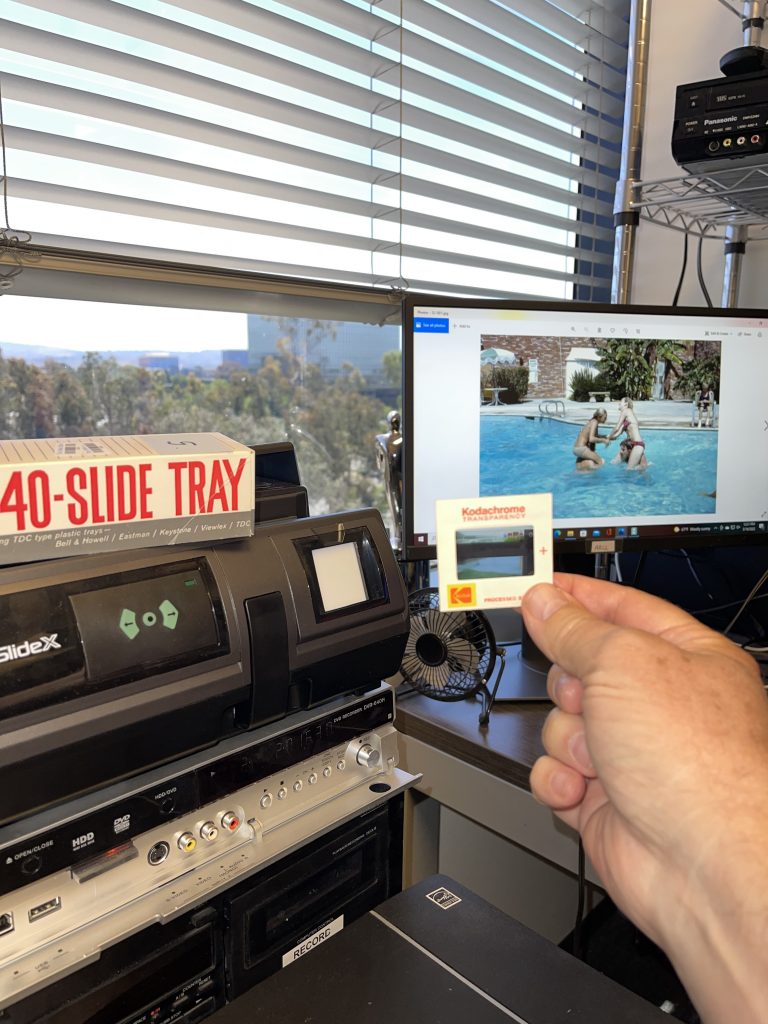
Time Investment: If you decide to tackle the chore of scanning, digitizing, and also to scan photos to digital you’ll need to have some time to invest as an average single slide will take approximately 2-3 minutes. Multiply that time by the number of slides you have and you’ll come up with a fairly good estimate of the scanning time required. But you should also add in, what most people overlook, that is the time to clean and prepare the 35mm slides and negatives.
You have to make sure that the slides are positioned correctly with the smooth or glossy side facing down toward the camera and the matte finish emulsion side up facing the light source. Typically, a slide with printed words on the slide frame will face up in a flatbed scanner. To experiment in finding the correct orientation of a slide, find an image that was taken with an actual sign in the image, when it is positioned correctly the words in the image should read correctly. If not, flip the slide over and scan again.
Paper photographs typically will be facing down in the flatbed scanner.
Equipment Investment: If you don’t already own one, you’ll need to figure-in the cost of a decent flatbed photo scanner capable of scanning both 35mm negatives, slides as well as photographs. Expect to pay between $150 and $300 for a reasonably good scanner to handle the project. Don’t forget to add-on cleaning supplies like PEC-12 liquid emulsion cleaner and PEC lint-free wipes to clean the negatives and slides.
Done For You
When you start looking for a photo scanning company, like most of us, you’ll want the best service performed fast and at the best price. But as I learned in business school you can only choose to have two, not all three. Good, fast, cheap. This management maxim is also expressed as “you get what you pay for”.
-You can get great quality done fast, but you have to pay more.
-Great quality photo scanning at a great price will mean slower service.
-A great price with fast service usually will mean the quality of the scans will suffer.
Choose wisely.
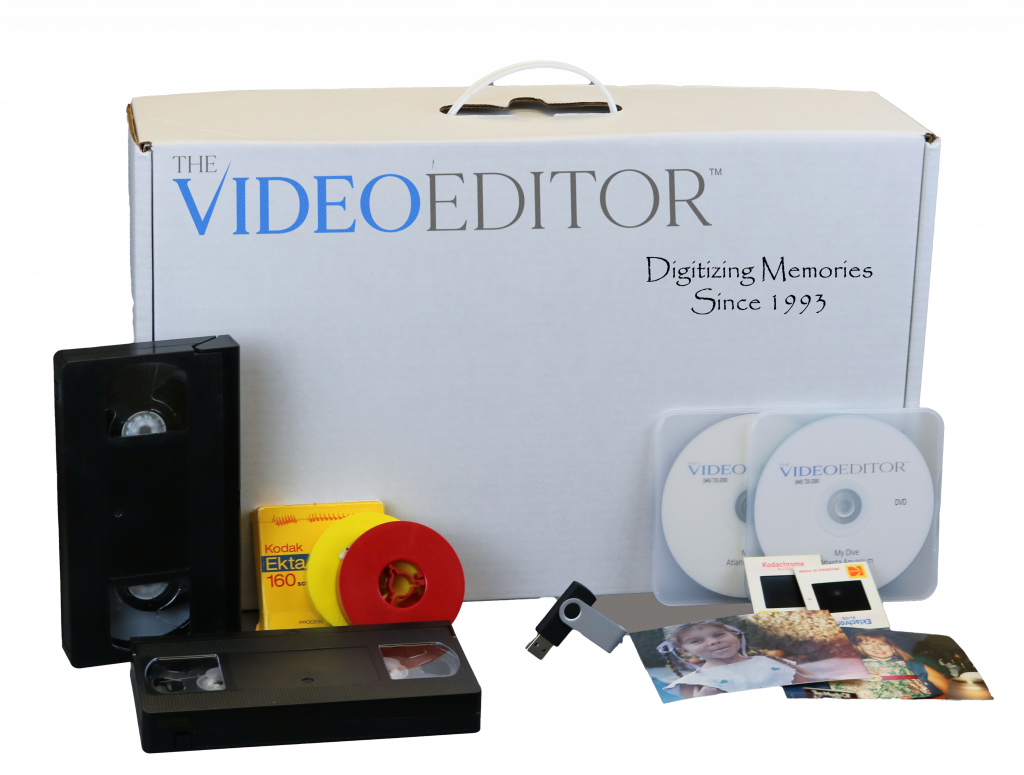
Technically
For a digital transfer service what kind of resolution do I look for scanning my photos and 35mm slides?
A helpful article.
https://www.lifewire.com/scanner-buying-guide-2769133
For documenting scanned photos, a 600 DPI (dots per inch) is a great setting on the scanner. Now, if the photos are going to be blown up to a much larger size or printed into a book, a 1200 DPI setting might be sufficient. If 1200 DPI is good, 3600 DPI might be better? Yes and no. While you’ll end up with more DPIs, the question to be asked is, will it matter? You will end up paying more for each scan as now scan time might take 5-6 minutes per slide.
For scanning 35mm slides or negatives 1200 DPI is plenty but our machines can offer up to 10,000 DPI again do you need it? And are you willing to pay the additional price? We offer a free consultation to discuss your project and help determine the best scanning resolutions for this digital transfer service.
A typical scan output format is .jpg images.
What’s the cost?
As we mentioned earlier, the investment of approximately $300 in a scanner and cleaning supplies should cover the equipment. But then again, you might want to add some additional software that can color correct and enhance photos and minimize dust and stray elements from scanning into your project. While your labor can’t factor into your costs, it is an element to consider along with the time commitment required.
Things You Should Know About Photo Scanning Service, while on the other hand, a professional photo scanning service offers these scanning solutions every day, some having decades of experience. Not to mention the perfect equipment, software, cleaning, and other procedures to consistently, produce superior results. The costs to you are for the entire project, cleaning, equipment, software scan times, and much more and are well worth the hassle if I say so myself.
While we can’t say what other companies might quote, we have done enough competition pricing research to be extremely-competitive in the industry for the outstanding results we offer. Our pricing is based on a bundle of 25 photos or slides or negatives for $15. We provide great quality scans with a reasonable turnaround time of 21 days or less for most projects.
Many of our clients have thousands of photos and slides; in that case we will give a custom quote for that quantity. Remember also that most pro scanning services offer a guarantee and stand behind their work, which can mean that if you are not happy, they will retransfer the order again.
When you have a large digitizing project you only want to go through this process once, so do it right the first time.
Bottom-line Results: Pro scanning companies generate pro scanning results at affordable pricing, and should stand behind their work. Do-it-yourselfers until they have perfected all techniques can expect amateur results.
Safety Issues
Things You Should Know About Photo Scanning Service
One of the first things the average consumer thinks about when taking in or sending out all their media and photos is will, they be safe? Remember, that professional scanning companies take extra effort to assure that all orders are, safeguarded by providing crushproof specially designed shipping boxes and packaging to bar-coded media to keep all your media together and returned to you with shipper safety tracking.
Things You Should Know About Photo Scanning Service know that a company could not continue in business if quality issues and customer service concerns were prevalent. Look for online fair honest reviews they are the lifeblood of any customer-facing service business. The customer is the boss and has the final say. By being attentive and dedicated to providing legendary customer service, and by providing consistent results year after year is what counts.
Sharing is Caring
Once the photos, slides, and negatives have been scanned, preserved, and digitized for several lifetimes, you might ask how do we watch them and allow others to enjoy them as well?
Now that the best quality scans are locked in the image forever, you can view the media from one of several output media delivery means. Photos and slides can be put onto data discs for storage and viewing. Remember though discs over-time and use can get scratched causing an unstable viewing or transfer. A cloud storage link like Google drive can house all your media and with a tablet, phone, or computer viewing is possible. Share your cloud link with others for them to live the memories too.
A USB thumb drive is a popular storage medium for your scanned images. Simply plug in the USB to a smart TV, where you can search and view your media, the same for tablets, phones, and computers.
Your Turn
Things You Should Know About Photo Scanning Service or if you tried doing it yourself, what you wished you had known.
Yes you have been given a ton of advice in this blog. Now you need to decide, whether you will commit to this project and attempt it yourself, or if you will trust a photo scanning service to professionally scan and lock in the quality of your precious media.

